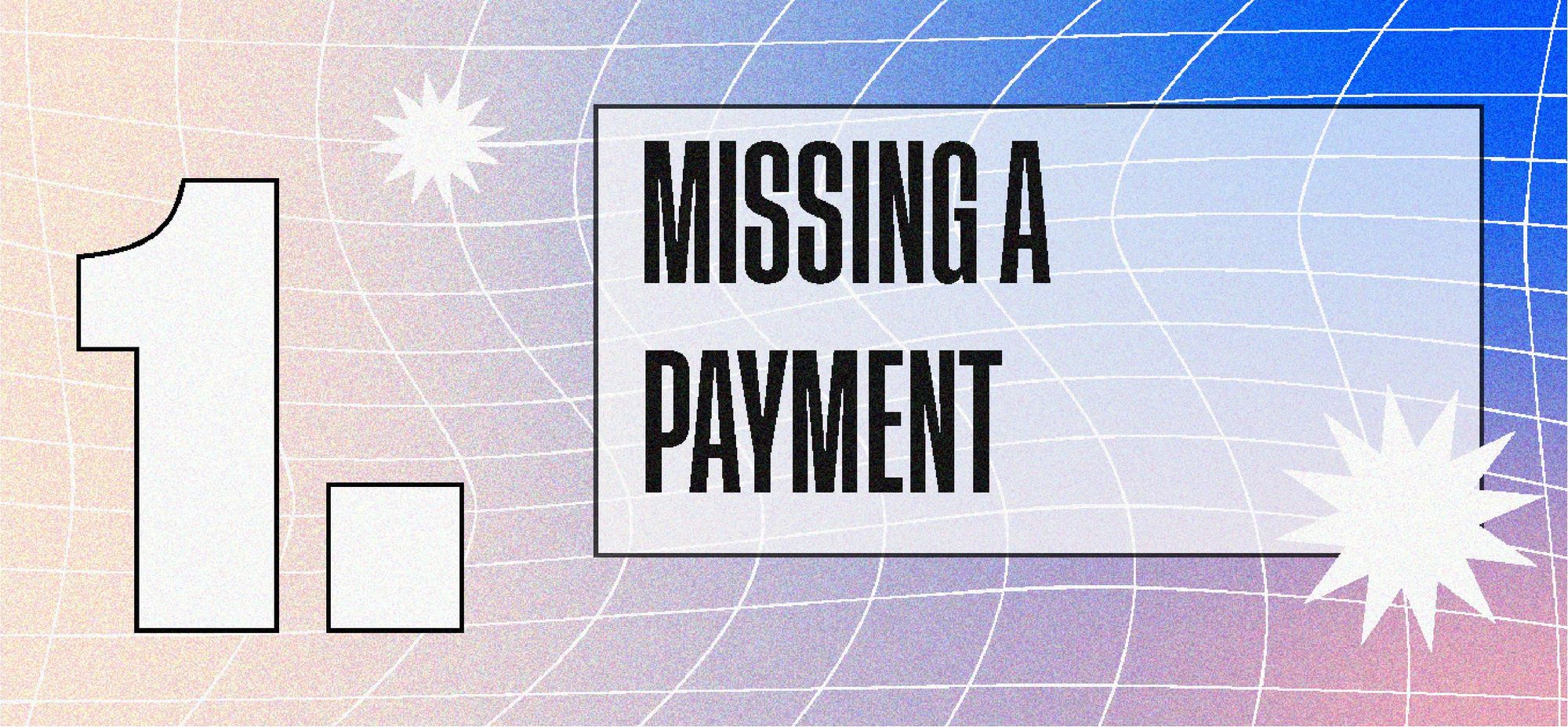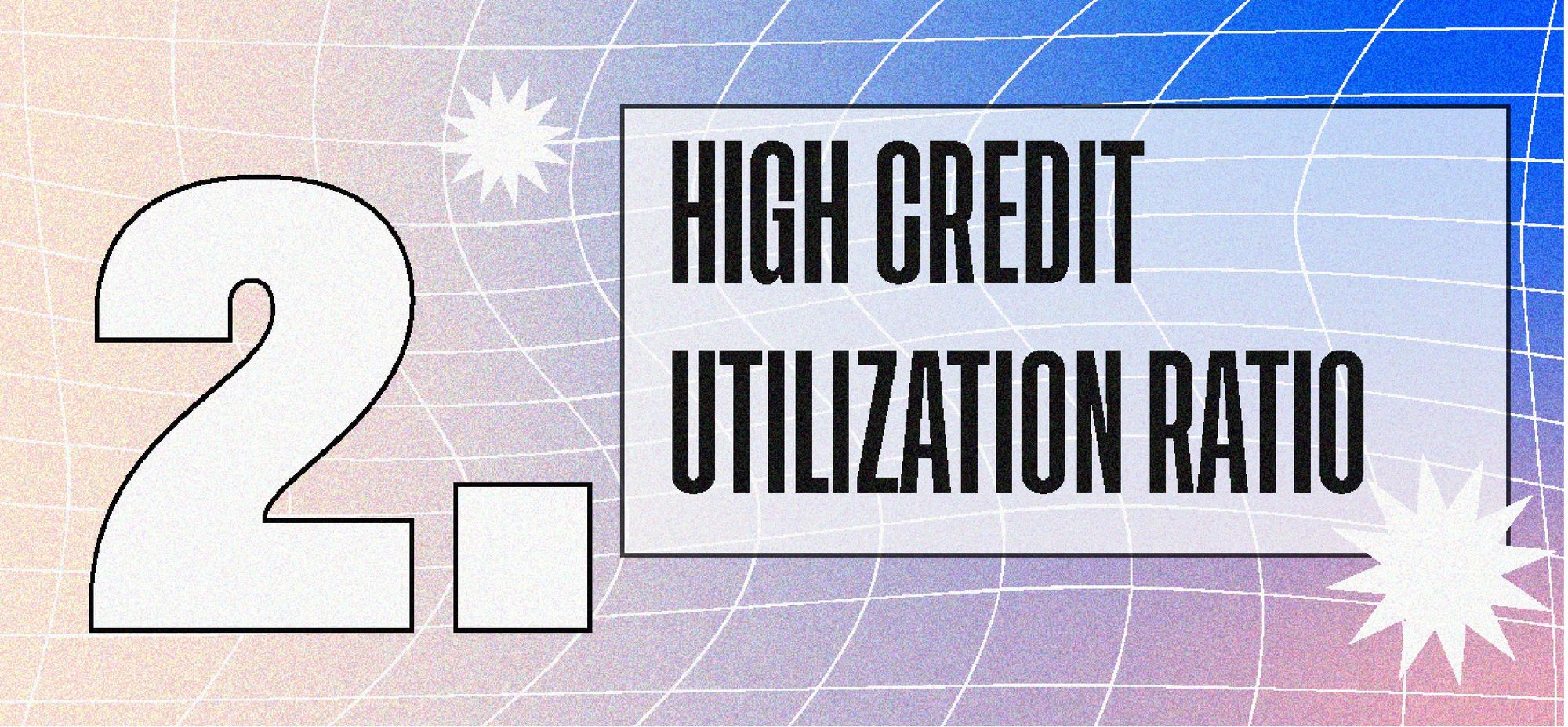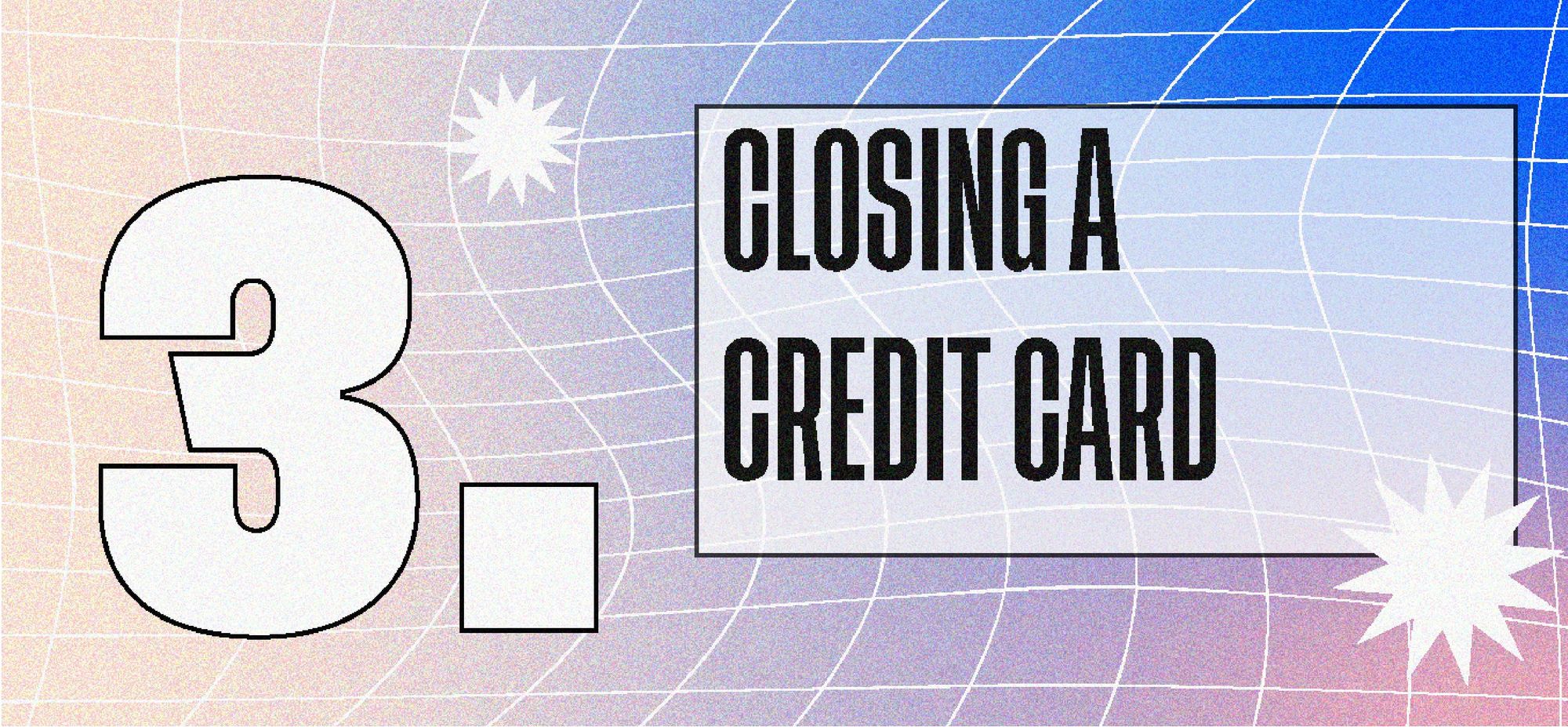5 Things That Can Lower Credit Scores (And How You Can Fix Them)
Credit scores are important. Why might yours be falling?
Time for a credit score vibe check, friends.
Let us ask Google what many Canadians are wondering about their credit scores:
- "why is my credit score low";
- "low credit score";
- "fixing low credit score";
- "increase credit score";
A very clear picture is emerging. Lots of us have credit scores we’re unhappy with, and lots of us want to increase our credit scores in short order. So what can cause low credit scores, and what can be done?
Find out what can lower your credit score and how you can take steps to fix them here!
5 Things That Can Lower Credit Scores (And How You Can Fix Them)
Credit scores are used to measure your trustworthiness as a borrower. If you have a low credit score, you may find that lenders decline to offer you loans (on everything from personal loans to car loans or mortgages), or only offer you loans with unfavourable borrowing terms, like a very high interest rate.
That’s why it’s so important to help our credit scores be the best they can be.
There are lots of reasons that your credit score could be falling, but most of them require simple changes to remedy. However, your score can fall quicker than it can be repaired—so if you’ve got a credit score you’re not pleased with, it’s important to begin trying to fix it right away.
Missing a Payment

First thing’s first: do you have any missed or late payments in your credit history?
When you miss a payment, it means that you’re not holding up your end of the “deal” (the terms of your loan agreement).
Sometimes, we miss payments because we simply forget to make them; other times, we miss payments because we can’t afford them. Missing payments is a cardinal sin in the world of credit, and missing even one can have a seriously bad impact on your score.
The fix: If your score is low and you think you may have missed a payment, review your loans and credit cards. If you find a missed payment, try to make it up ASAP, or contact your lender to work out an alternate payment plan if you’re unable. Not all lenders will offer a different payment plan, but in this case, more communication with your lender is better than none.
If you find you are regularly unable to make payments on your debts, we recommend you sit down, review your budget, and figure out how you can prioritize your debt payments. If you cannot make your payments, consider reaching out to a credit counselling agency for guidance.If you need help controlling your spending to help pay down your debt faster, try the free MogoCard. It’s a reloadable cash card designed to help you spend way more mindfully, so you can develop better financial habits without sacrificing doing what you love (and you earn free bitcoin rewards for every tap1).
With the MogoCard, you can only spend the money you've loaded onto it, and you'll receive instant balance alerts every time you make a purchase that can help you budget and better manage your spending, so you won’t even need credit to purchase the things you love. And the best part is: the MogoCard won't impact your credit score. Win-win.
High Credit Utilization Ratio

Here’s a weird one. Despite offering you a big ol’ credit limit, lenders generally don’t like it when you use more than 30% of all of your available credit across all cards or loans.
If you have a credit limit of $1,000, then, you should try your best not to carry a balance greater than $300 every month—otherwise, your credit score may begin to fall. And this is true with any credit limit, $1,000 or $10,000.
You could use your entire available credit occasionally, but it’s a best practice to pay it off promptly and only carry a recurring balance at or below that 30% mark.
The fix: if you’re carrying a higher balance on your credit card, try to make more than your minimum payment until you’re below that 30% mark (pro tip: it’s always better to make more than your minimum payment, anyways!).
Closing a Credit Card

Here’s where things get even more absurd. Have you recently closed a credit card? This could be the reason your score took a hit.
Closing a card can hurt your score in two ways. First, it can skew your credit utilization ratio, like we chatted about above.
Say you’ve got two credit cards with a $500 limit on each, meaning that across both cards you have a total available credit of $1,000. Now, on one card, you spend $300. With this balance ($300 out of an available $1,000) your utilization ratio is 30%. By lenders’ metrics, you’re still in the clear.
Now, plot twist: you close one of your cards. Now you only have a total available credit of $500, and you’ve spent $300—meaning your new utilization ratio is 60%. Zap! Ouch. That was your score taking a hit.
The second way closing a card can hurt your score is that it cuts off your credit history. The longer a credit history you have, the more trustworthy you seem to potential lenders, which can make it easier to get better terms on big loans like mortgages.
We get that sometimes closing a card is necessary. But if you’re planning to apply for a big loan like a mortgage, it may be best to wait until after you’re approved before you close your credit card to avoid the potential rejection that may come with a lower score.
The fix: don’t cancel your credit card, but do avoid using it, because debt sucks! Lock your card away somewhere safe, so you can access it in case of emergency, and remove your auto-fill credit card data from your internet browsers.
Is your debit card still chip-and-pin? Banks are dinosaurs, but we’re not. Consider the MogoCard if you need a convenient way to shop online (or in the world!) without the risk or cost of using a credit card.
That way, you can let your credit history grow, without the temptation of using your credit card and going into debt.
Lowering Your Credit Limit

Lowering your credit limit runs the same risk as closing a card.
Lowering your credit limit on a card—even one you don’t carry a balance on—lowers your total available credit across all of your other loans and cards; that means decreasing your limit could result in a credit utilization ratio above 30%. As we know, that can hurt your score.
The fix: if you're thinking of lowering your credit limit, make sure your balance across all of your other cards or loans will not exceed 30% of your available credit after your limit is lowered.
If lowering your limit on one card will put your overall ratio above 30%, consider waiting until you can reduce your cumulative balance to accommodate the lower credit limit before proceeding. Make more than your minimum payments to get there faster.
Applying For a New Credit Card

Would-be-borrowers beware: applying for a credit card or a loan can hurt your score.
When you apply for a credit card or a loan, the lender will reference your credit history and score by inquiring against your credit file at Equifax or TransUnion, Canada’s two credit bureaus.
These searches are called “hard checks” or “hard inquiries”. If a lender doesn’t like what they see, they’ll deny your request for credit, and this can put a little dent in your score.
The fix: if your credit score is not high enough to surely secure a loan with a given lender, it may be worth holding off on applying as consecutive rejections could make your score worse.
If you do get rejected, don’t fret. As time passes, keeping your credit utilization low and making regular payments higher than your minimum balance will usually see your score rise once more. Then, when you’re in better standing, you can apply again—and hopefully get approved!
Track Your Credit Score with Mogo
Do you know what your credit score is? Be honest: when was the last time you checked?
You’ll also get tips to help you improve it every month, plus a chance to win satoshi rewards for levelling up your score.3 And if you like the service and want to keep it for longer, all you have to do is keep an active MogoCard. An active MogoCard allows you to continue receiving free credit score monitoring AND MogoProtection, our free identity fraud protection which can help stop criminals and prevent identity fraud from happening to you.4
Pretty sweet deal, eh? And that’s just one of the many perks that come with being a MogoMember. Sign up today and let’s improve your credit score, together.
| GET STARTED |
1- This Milestone Reward is a component of Mogo’s Rewards Program. To be eligible, you must have a: (i) Rewards or MogoCrypto/Bitcoin account; and (ii) the Mogo Visa Platinum Prepaid Card (“MogoCard”). As of April 18, 2022, eligible MogoMembers will receive 100 satoshis for each purchase transaction they make using their MogoCard. Rewards are based on all eligible purchase transactions. Mogo will determine your number of eligible purchase transactions and issue you 100 satoshis per eligible transaction into your Rewards account within 30 days from the date they are earned. Mogo will not be responsible for any technical or other impediments which may delay or prevent the delivery of any Reward to you. All decisions by Mogo regarding the eligibility of purchase transactions or any other matters respecting Rewards are final and binding. All Rewards are subject to the MogoAccount Terms & Conditions and additional details here. Mogo reserves the right to change or terminate this incentive at any time without notice in its sole discretion. Mogo cannot guarantee that the value of your rewards will increase. If the price of bitcoin decreases, you may lose some or all of your rewards.
2-To apply for any Mogo product, you must open a MogoAccount and pass identity verification. MogoAccount is currently only available to individuals in Canada (excluding Quebec).
3-Free credit score is provided by Equifax and is only available to MogoAccount holders that have passed identity verification. The Equifax credit score is based on Equifax’s proprietary model and may not be the same score used by third parties to assess your creditworthiness. The provision of this score to you is intended for your own educational use. Third parties will take into consideration other information in addition to a credit score when evaluating your creditworthiness. Equifax® is a registered trademark of Equifax Canada Co., used here under license.
4-No one can prevent all identity fraud and Mogo does not monitor all transactions at all businesses. Currently, Mogo only monitors hard inquiries into the Equifax® Canada Co. credit bureau and will provide push and/or email notifications within 24 hours of the inquiry being reported. Refer to the MogoAccount Terms & Conditions for more information https://www.mogo.ca/terms-and-conditions. MogoProtect identity fraud protection and Credit Score Monitoring are available to all eligible MogoMembers for free for 90 days from the time of initial MogoAccount registration. MogoCard holders will be entitled to receive free MogoProtect identity fraud protection and credit score monitoring so long as they remain active MogoCard holders. If you do not fund your card within 60 days of ordering or make a transaction on your MogoCard for more than 90 days, then you will not be considered “active” and will be opted out of MogoProtect and credit score.